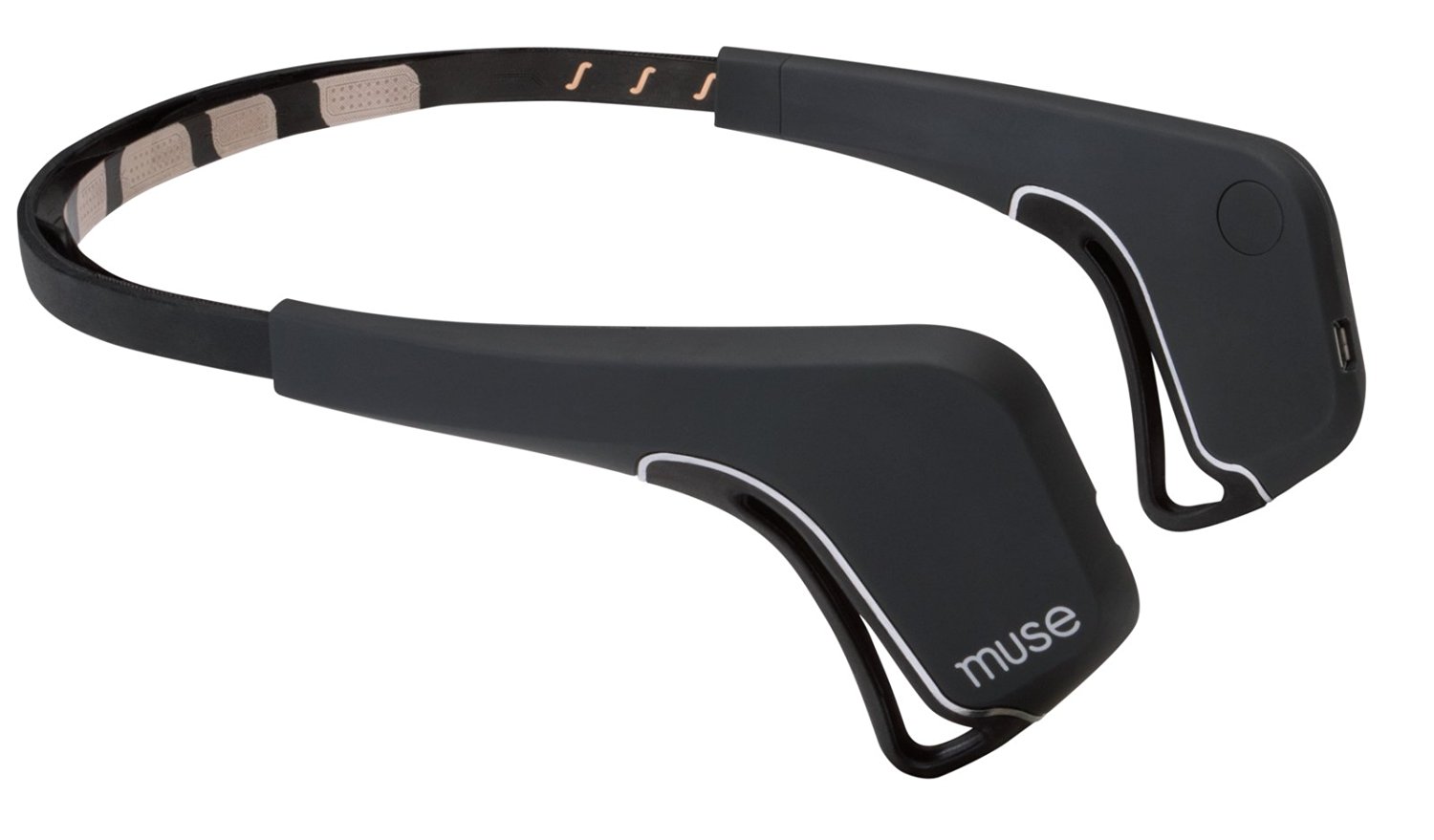Navigation auf uzh.ch
Navigation auf uzh.ch
The research project is the primary artifact of the course; the outcome of all projects will be a research paper (5 to 10 pages). Depending on the class size, the projects may be completed in groups of up to two. The intent of the project is to identify one or more research questions, investigate them and report the results in a scientific manner.
Project Proposal Draft A one-page proposal for your project to me. The course assistant and I will provide you feedback in a one-on-one meeting. The proposal has to include the problem/motivation for the project, the research question(s) and how you aim to address the research questions(s). This draft is important to be able to discuss the project ideas and help you express your ideas and us to understand what you are trying to do. However, the content and ideas are a lot more important than the formatting.
Final Project Proposal A one- to two-page proposal for your project. Basically, this will be a revised version of your original draft, including the comments from the meeting.
Proposal Presentation. A short (5 to 10 mins) presentation of the proposed project to the class. The goal is to share and discuss your ideas with multiple people.
Intermediate Drafts of the Report. To provide feedback on your results and write up early on, there will be intermediate steps for writing the final project report.
Written Report. The report includes your research project, the motivation, the research question(s), and the related work. The required length of the written report varies from project to project; all reports must be formatted according to the ACM format and submitted as a PDF in ACM paper format (two-column style).
Project Presentation. A presentation of the completed research project to the class.
Below is a list of possible project topics, basically data sets and some questions. This is a good starting point for a project and you can choose one of the provided data sets. You can also come up with your own idea and we are happy to guide you.
In addition, there is the opportunity to develop tool support for developers, e.g. something for the IDE or independent of the IDE that is based on developers' work patterns or biometric data and that can support developers in their work. We have sensors and monitoring tools that you can also borrow for this and possibly extend (the tools).
A few types of biometric sensors are available to use in a hands-on project. You would develop a small tool using data of one of the sensors, e.g. a visualization of an interesting aspect of the sensor data or an approach to analyze an aspect of development using the biometric data. You will then evaluate your tool in a small user study.
 (Copyright by Interaxon)
(Copyright by Interaxon)The Muse EEG sensor captures the electrical activity of the brain, which can indicate certain mental states as high cognitive load or relaxation. More information can be found here.
Empatica E4
The E4 is a wearable wrist band that offers real-time physiological data acquisition, enabling researchers to conduct in-depth analysis and visualization. More information can be found here.
Developer Analysis & Retrospection
We have several Tobii 4C eye-trackers that one can use to develop support, e.g. in the form of navigation/focus support for developers.
Further Project Ideas
There are several more data sets / ideas that one can explore. Come and talk to me if you need more help.